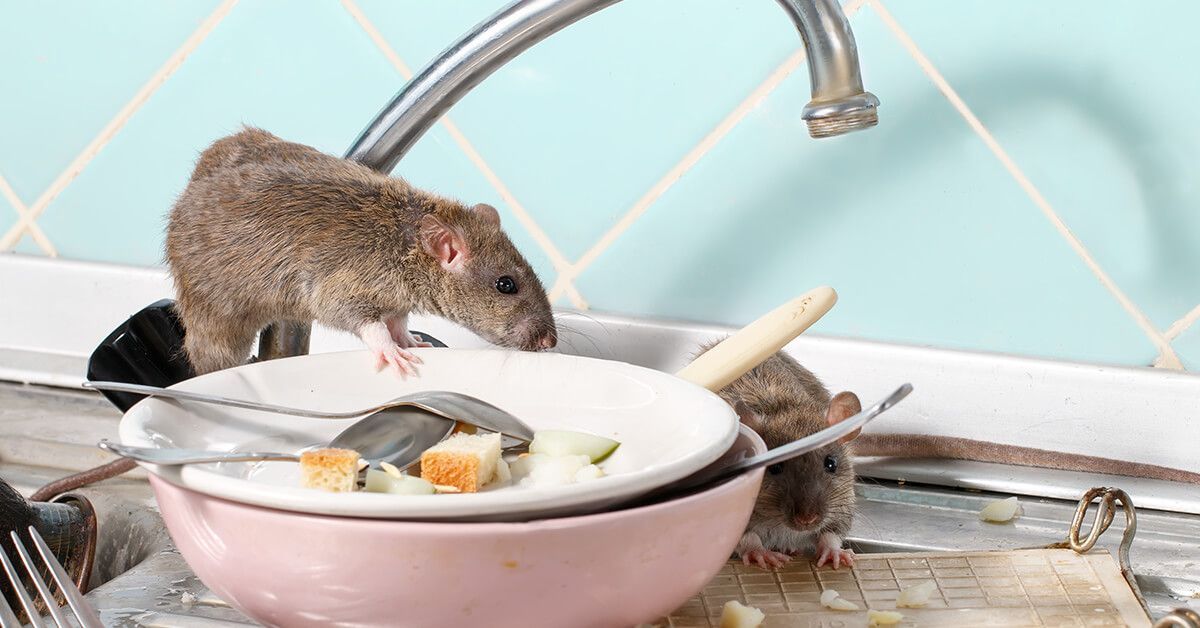No one needs to remind you if you live in Alabama that termites are a persistent issue. Termites and the damage they have done to the home in question might become a huge hurdle if you want to sell your house or buy a new one.
A Wood Infestation Report is a formal document intended to inform potential buyers of a property about the inspection that has been done on it. It also states whether visual evidence of an ongoing or past infestation is present based on the visible and accessible places that were examined. Most mortgage lenders need a Wood Infestation Report before they agree to provide a loan on the property.
It notifies the lending institution and buyer of the findings of a pest inspection and is sometimes referred to as a termite letter or CL-100. Banks and lending organizations look for termite damage and other wood-destroying organisms before they offer money for a property.
A Wood Infestation Report: A Breakdown
Page 1 of a Wood Infestation Report (also called WDIR or WDI)
- Page 1 provides details on the inspection and answers queries like:
- Where the damage was identified by the pest control expert
- What led to it
- visual indications of an infestation
- If a builder was hired to evaluate the damages, there may be hard-to-reach spots that restrict a specialist from assessing the house.
Page 2 of a Wood Infestation Report
- Concerning topics are listed on page 2, including:
- Previous treatment locations
- Unreachable places
- A place for feedback on the information on page 1.
The only person who enters the attic or the basement is frequently a pest control operator. Their knowledge does not extend to structural and electrical issues like leaky roofs or pipes.
An annual termite inspection is NOT the same as a wood infestation report.
Termite bond holders may confuse the annual termite inspection with a WDIR report. A yearly inspection report that is sent to homeowners is not a legal document.
While a wood infestation report examines any wood-destroying organisms that might impact the property and does not offer any warranty or guarantee for the home’s current or future conditions, a yearly inspection by a qualified pest specialist (or technician) checks your home for termites.
What to Do if the Wood Infestation Report Doesn’t Come Back “Clear”
- A “clear” CL-100 means that none of the following were present at the building:
- Visible insects that ruin wood (and no damage caused by them)
- Damage from structural water
- Adverse moisture situations that need to be fixed
These merely reflect the circumstances in effect at the time of the evaluation; they don’t account for requirements in the past or in the future.
If Pest Control Operators fail to report any activity, the Department of Pesticide Regulation will take the necessary enforcement action. Regardless of who provides the repairs or treatments, they must report any problems. It is true that not all claims of wood infestation are “clear.” However, proper repairs or those that are not structurally substantial shouldn’t have an impact on a home’s sale.
Estimates for any repairs, corrective action, and treatments required to address the concerns on the CL-100 must be submitted if a lender demands a “clear” letter in the sales contract. There are certain lending scenarios or loans where a CL-100 does not need to be “clean.” To choose the best course of action, speak with your sales representative.




